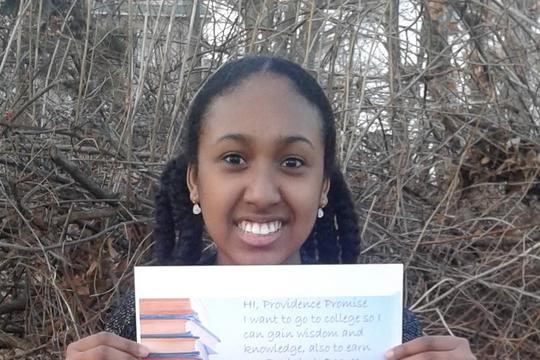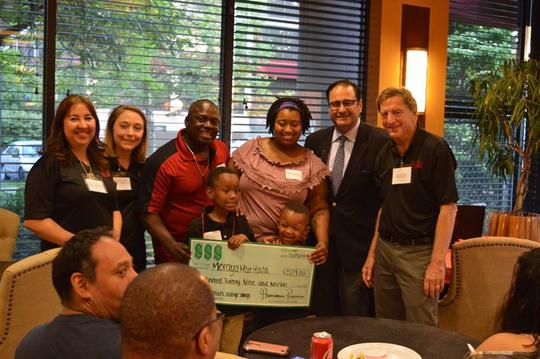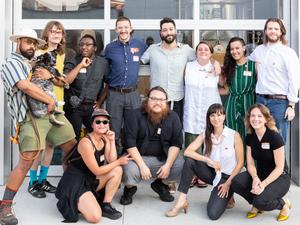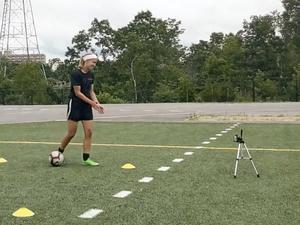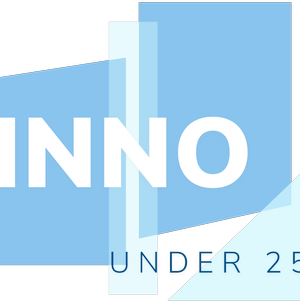
As the cost of college continues to rise, so too does the value of higher education.
By 2020, 71 percent of jobs in Rhode Island will require post-secondary education beyond high school, according to Rhode Island Kids Count. Yet only 47 percent of the population in Providence currently achieves this level of education.
To bridge the gap, Providence Promise is working with families in the city to show them the benefits of a post-secondary education, help them with financial planning and provide financial assistance to turn seemingly unattainable goals into reality.
“We really see our mission as building a college-going culture,” Frank Cruz, executive director of Providence Promise, told Rhode Island Inno. “It’s so important for low-income kids in the city of Providence to engage with caring adults and parents to get guidance and encouragement that gets them to believe in themselves and in going to college.”
The organization was launched in 2013 by real estate developer Richard Lappin, owner of Lisco Development and co-owner of the Regency Plaza Apartments, among many other projects. A longtime trustee of the Providence Foundation, Lappin formed Providence Promise out of his strong belief that all children in Providence Public Schools should have the opportunity for a higher education regardless of their financial situation.
Providence Promise begins the process by sitting down with parents one-on-one to explain the importance of college and how they can open a 529 college savings account. If the family agrees to do so, Providence Promise will immediately deposit $100 of matching funds into their account.
“We feel that is a key part of starting off,” said Cruz. “It takes a lot of trust building to get parents to do that.”
Providence Promise asks families to save 1 percent of their annual income into the account, or .75 percent of annual income for families that makes $20,000 or less in yearly income. However, if an unexpected event such as a family member losing their job arises, the organization will work with them.
While it may not sound like a ton at the time, children of low-income families who have $500 or less saved for college are three times more likely to attend college and four times more likely to graduate than those without savings, according to the Center on Assets, Education and Inclusion.
“Once they have skin in the game, they [parents] are empowered and everyone in the home pays more attention and are more focused to encourage and press their child,” said Cruz.
When it’s time for a student to go to college, the organization will look at how much a family has saved, verify the family’s financial information to make sure they are applying for as much financial aid as possible and then gift as much as $20,000 per year to help fill the gap.
There is no GPA or attendance requirement, and if a student decides to take advantage of the state’s recently passed free community college initiative, money from Providence Promise can be used for the two years of college after community college.
The program hopes families will put away 1 percent of their income for 15 years. Then, in order to make the program sustainable, students are asked to donate 9 percent of their annual income after they graduate from college back to the program for an average of nine years after college.
The funds students repay will never exceed what they would have been expected to pay back had they borrowed from the Rhode Island Student Loan Authority. Cruz said the organization is using an income-based repayment plan so students can select career paths based on their interests, regardless of whether it is in a high-paying industry.
The city of Providence and the teacher’s union have endorsed the program.
“The financial burden of higher education prevents equal access to opportunities critical for the long-term success of our youth,” Providence Mayor Jorge Elorza said in a statement. “I encourage families to spread the news about this program and enroll their children today.”
Currently, Providence Promise is planning to provide financial assistance to 12 students in grades 10 to 12 to kick things off. Enrollment in the program has already more than doubled since the start of the year and the larger goal is to enroll 500 families in 529 savings accounts by the end of 2018 and 1,250 families by the end of 2019.
“Our mission is to open doors for Providence Public School students,” said Cruz. “In the end, we will all benefit when the young students we enroll now become the leaders and workforce we will need for the future of Providence.”
Editor's Note: If interested in learning more about Providence Promise or getting involved, please email Frank Cruz at frankcruz@pvdpromise.org. Families interested in enrolling can email Info@pvdpromise.org.


